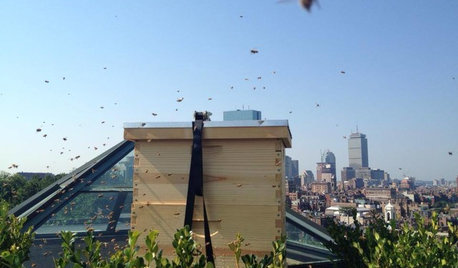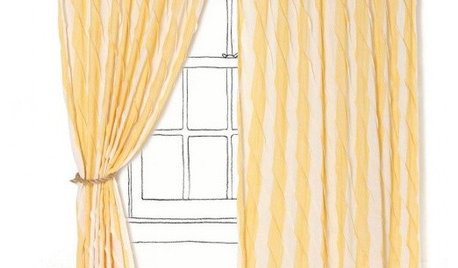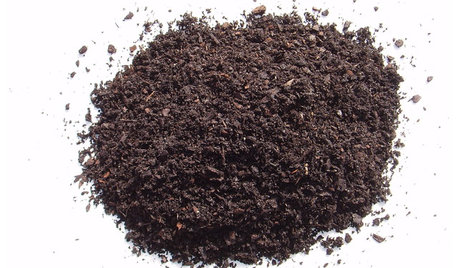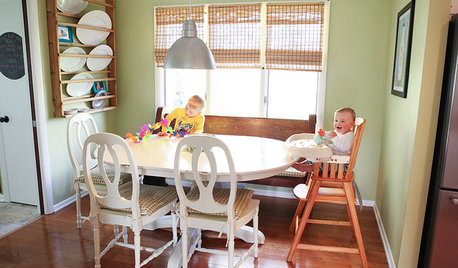Hello- I am a new member.
Blue Onblue
7 years ago
Featured Answer
Sort by:Oldest
Comments (41)
Jasdip
7 years agoRelated Discussions
Transplanting and Storing Roses
Comments (3)There are a numbe of ways you can preserve the roses. Don't give up. One thing that you can do that doesn't involve as heavy a task as digging up the whole rose is to take cuttings. I don't think this is a good time of the year to do this type of thing but it would certainly be worth a try. Also this late in the season you might be able to transplant the rose without much transplant shock. Make sure to prepare the hole for the rose in advance. Dig out as much of the root as possible, keep it moist at all costs and replant it in its new home ASAP. Do not fertilize this time of year, just keep it moist and mulch the heck out of it for its first winter. Also you could ask the new buyers to allow you to come back in the spring to dig up part of the rose or take fresh cuttings. Good luck, I hope you are able to keep this rose. Valerie...See MoreSoil
Comments (7)Hi Al- Thank you. We have such a building supply company nearby. I have purchased a scoop (one large scoop from a backhoe) of soil mix for about $15.00. It fills my long bed Toyota Pickup about 3/4. My advice for others doing this, is always bring along a large tarp. Lay half the tarp inside the pickup. Load the material on top of the tarp, then wrap the other half over the material and tie it down. This keeps the material from blowing about and makes emptying the truck a heck of lot easier. Just drag the tarp out and empty the remainder in your wheelbarrow. This is especially helpful with sand and gravel. Thanks again for your advice Al. Scott...See MoreHelp- fig cuttings by force
Comments (4)Jim, a September cutting can still be rooted successfully - I did this two years ago with a boxful of branches sent to me from Virginia by my aunt, when she pruned her fig bushes for me. I ended up with over a dozen plants that "took", though some are still small (but that's just me still learning how to grow them in pots). You'll want to select enough nodes to get decent rooting, while having room left for it to push some leaf buds - how many cuttings did you rescue from the branch, and what size are they? Presently I'm rooting pencil-diameter-size cuttings just started within the past four weeks, from a branch pruned off a friend's tree, and had at least two of four send out roots while wrapped in damp paper toweling, inside a plastic bag. Three have pushed leaves/stems already (actually, the fourth did also, but it was low on the cutting where I wanted roots to grow, so I nipped off the growth and am waiting for something at the terminal end instead). If you do a search on propagating or cuttings, you'll find a wealth of information within this forum on how to start them, but I'd recommend using either clear plastic bottles or cups (drainage holes punched plentifully in the bottoms) filled with damp perlite/vermiculite mixture (or something else exceedingly well-draining), *not* potting soil and not dirt. You can try rooting horizontally in a plastic container, using the same mixture, except partly burying the cutting. Roots can be coaxed out sometimes by using the damp paper towels around the cuttings, placing in plastic, then in a dark place, but check often for mold and for signs that the leaves are pushing first. I rinsed mine frequently and kept them upstairs where the temperatures were the warmest, and had very fast progress that way. Keys to good rooting will be: - avoiding excessive moisture (otherwise it will rot the wood), but keeping humidity up by tenting or partially covering the cutting - providing decent warmth in the root zone (a heating pad or mat is good if you can set the cuttings in their containers on top of one). - *avoid direct sunlight*, or the cuttings will fry. Keep them in bright light but without UV radiation hitting them. If you're starting them now, I'd keep them indoors and give them extra lighting (fluorescent is ideal) if you can. That's how my four are going now, along with another rooted plant that I'm trying to coax into leafing out - I do tend to keep the youngest cuttings going over the winter, since there's no time for them to truly harden off before cold sets in. BTW, most here would probably recommend NOT using a rooting powder or hormone. There've been rotting problems associated with them, and figs are typically so easy to start, they don't need it, and it may actually interfere with the rooting. I have better results without the stuff. Please ask if there's something else that would help you turn the Canine Caper's carve-job into new plants! Sherry (still learning how it's done even after several years now)...See MoreHow can I get rid of absolutely horrible pet odor?
Comments (4)If I were in your situation, first I would call the landlord and have him/her deal with it. If I owned the house, I would start by getting a black light and using it to see where on the carpeting the dog has urinated. I would also check the corners of the room to see if the dog has been spraying on the walls. You can buy them at Petsmart and Petco. Then I would get a gallon of an enzyme cleaner and apply it heavily onto the rug using a $15 hand pump sprayer Not just a light spray, but to the point of soaking so that it reaches the padding. Then you let it dry - no rinsing. I have always used Nature's Miracle, but there are other brands that people say are better. In the end, new padding and carpet may be necessary. If you go that route, after the padding is removed, apply a sealer to the wood flooring, as the urine may have soaked through....See Moreblfenton
7 years agosheilajoyce_gw
7 years agosatine_gw
7 years agojim_1 (Zone 5B)
7 years agowanda_va
7 years agopudgeder
7 years agolucillle
7 years agokathyg_in_mi
7 years agohooked123
7 years agophyllis__mn
7 years agoOklaMoni
7 years agolast modified: 7 years agohappy2b…gw
7 years agoAmazing Aunt Audrey
7 years agohounds_x_two
7 years agoAlisande
7 years agocarol_in_california
7 years agoRusty
7 years agoAnnie Deighnaugh
7 years agokatlan
7 years agochisue
7 years agoUser
7 years agoDakota
7 years agoMarilyn Sue McClintock
7 years agoMarcy
7 years agoDawnInCal
7 years agoevatx
7 years agoUser
7 years agocynic
7 years agoOutsidePlaying
7 years agojaney_alabama
7 years agoLindsey_CA
7 years agotami_ohio
7 years agojoyfulguy
7 years agosjerin
7 years agosusie53_gw
7 years agoYayagal
7 years agoFun2BHere
7 years agoBlue Onblue
7 years agomare_wbpa
7 years ago
Related Stories

FARM YOUR YARDHello, Honey: Beekeeping Anywhere for Fun, Food and Good Deeds
We need pollinators, and they increasingly need us too. Here, why and how to be a bee friend
Full Story
Member Photos: Small Touches Make a Big Difference
Inspiring Vignettes From a Creative Houzz Member's Home
Full Story
PRODUCT PICKSGuest Picks: Hello, Birdie
Go ahead and wing it. These bird-loving accessories, fabrics and art will give your nest a welcome whiff of spring
Full Story
COLORGuest Picks: Hello, Yellow! Bright Ideas for the Home
Go Bold with Furniture and Decor in Shades of Vibrant Yellow
Full Story
HOME TECHHello, It's Your Houseplant Calling
Or even tweeting. Today's apps and gadgets let plants communicate in better ways than with a show of withered leaves
Full Story
GARDENING GUIDESGet on a Composting Kick (Hello, Free Fertilizer!)
Quit shelling out for pricey substitutes that aren’t even as good. Here’s how to give your soil the best while lightening your trash load
Full Story
MOVINGSaying Goodbye to One Home and Hello to Another
Honor your past and embrace your future with these ideas for easing the transition during a move
Full Story
KITCHEN OF THE WEEKKitchen of the Week: Goodbye, Honey Oak — Hello, Minty Green
After more than 30 years, the Kloesels revamped their space to reflect their rural country town and Victorian-style home
Full Story







lgmd_gaz